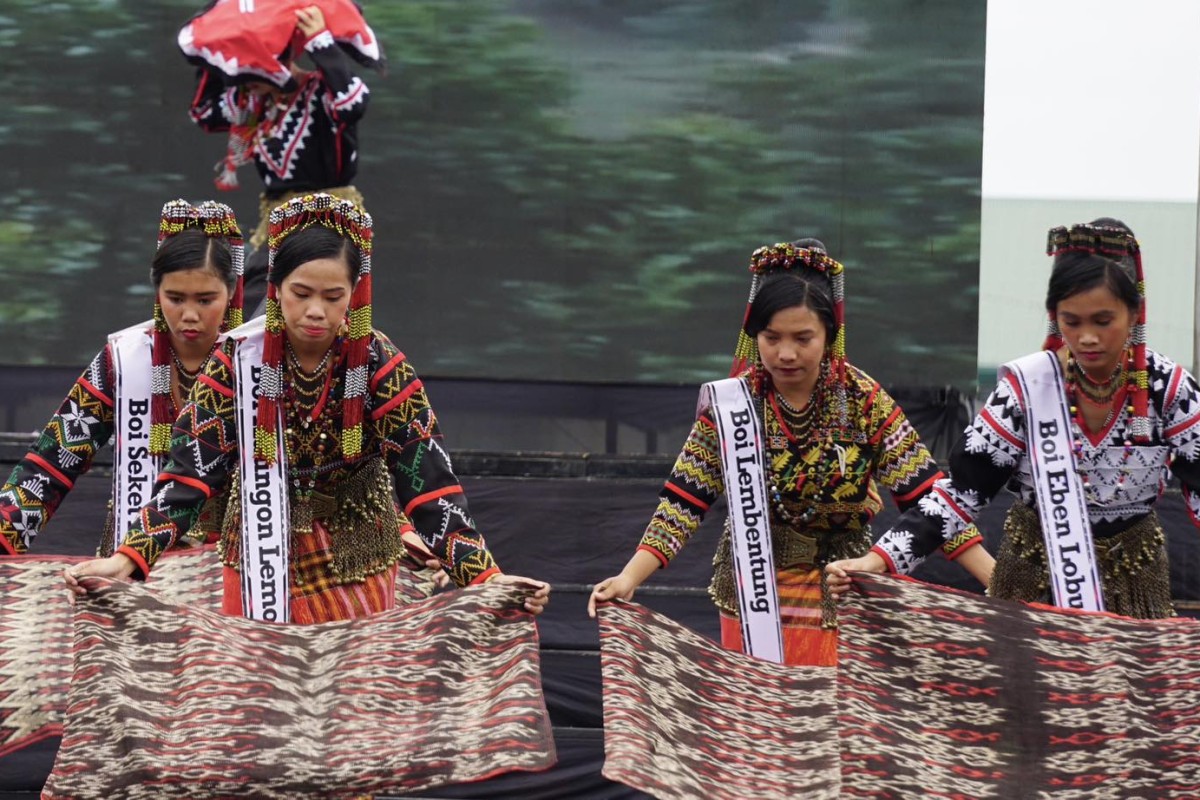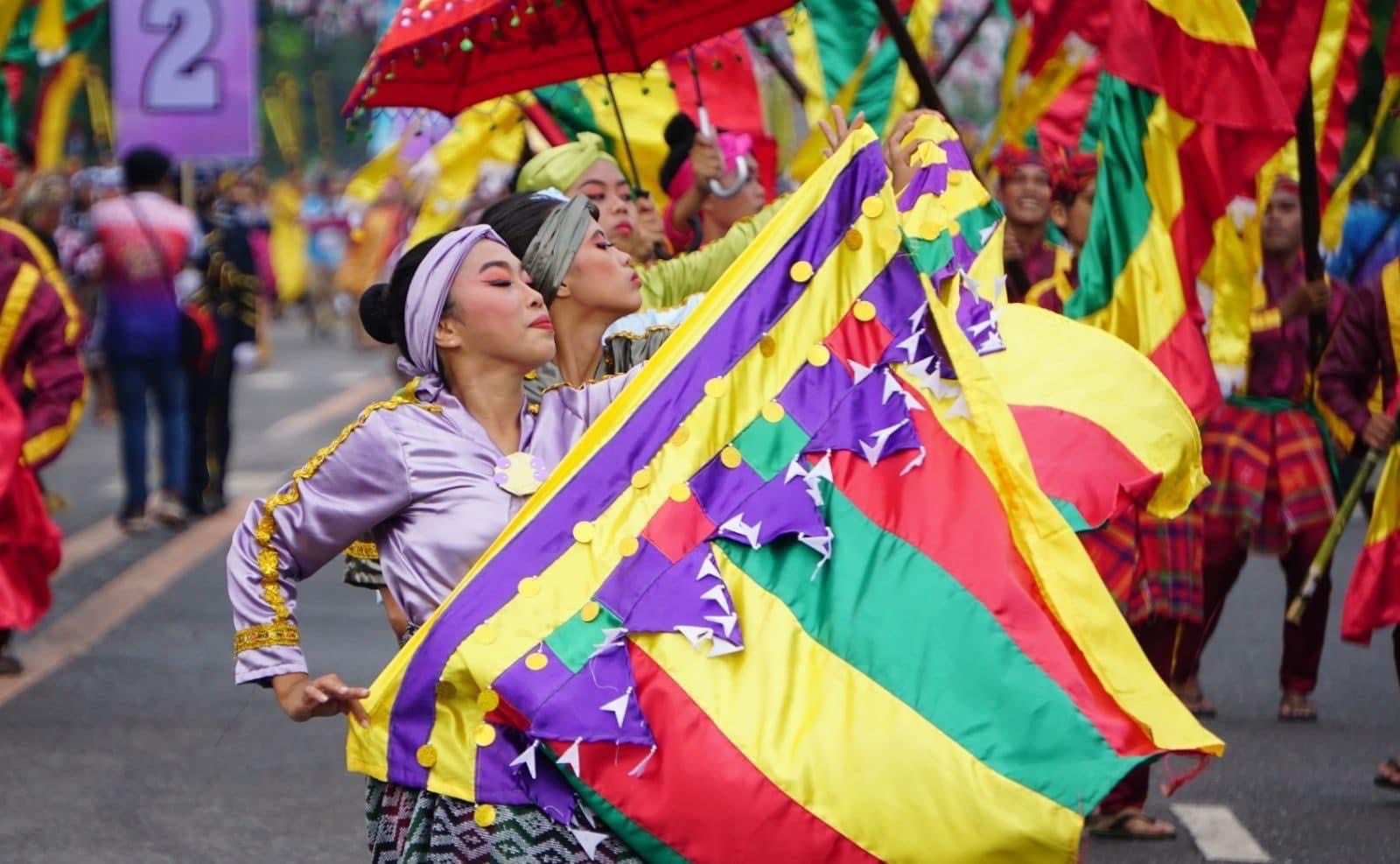In the verdant hills of Mindanao, a vibrant celebration of cultural heritage and artistic craftsmanship takes place every year.
This is called the T’nalak Festival, held in the province of South Cotabato, which celebrates the harmonious convergence of art, music, dance, and spirituality.
One of the primary objectives of the T’nalak Festival is to preserve Tboli’s cultural heritage, and over the years, it has endured centuries of challenges but has become resilient with the passage of time.
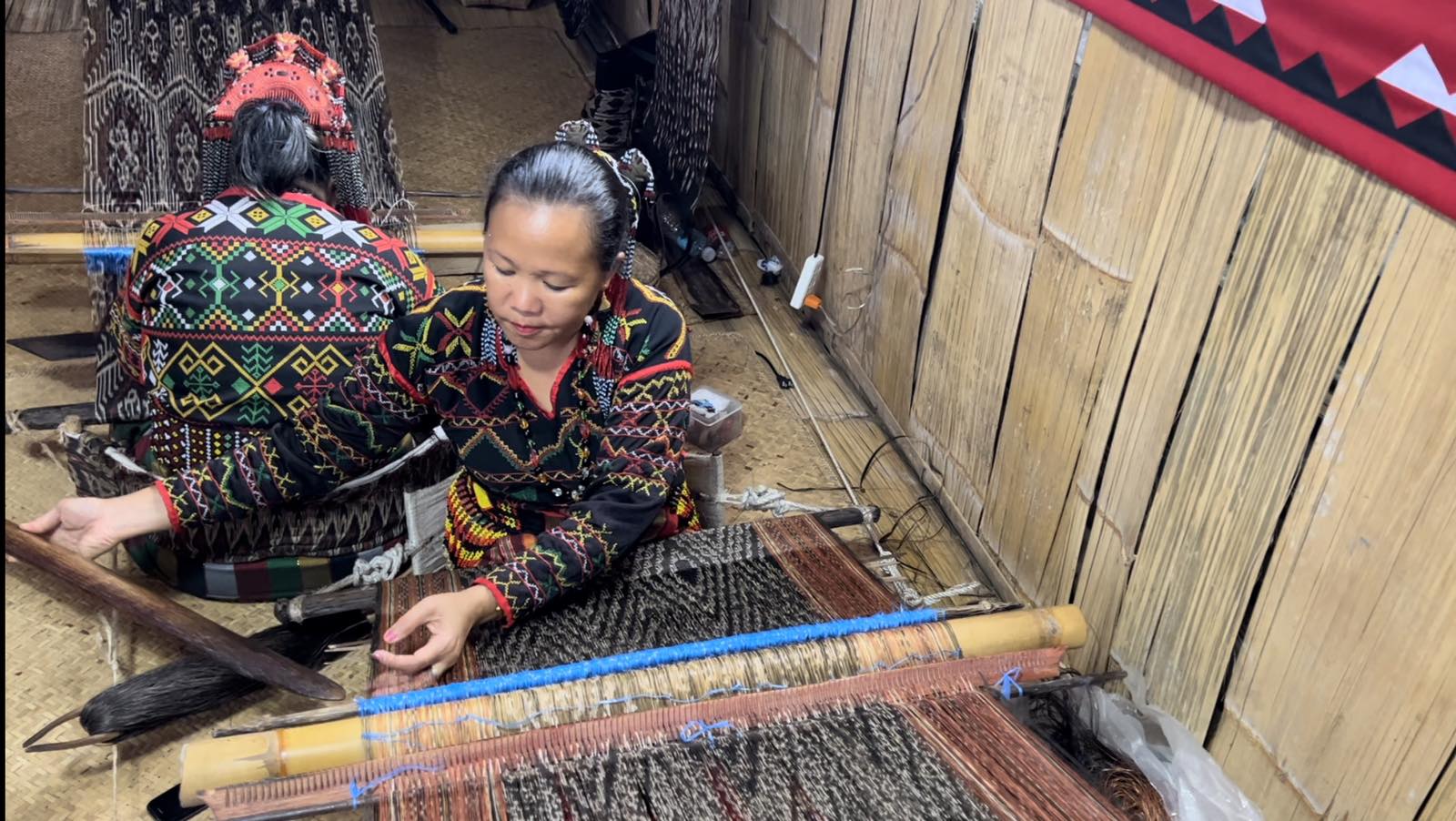
Understanding the Tboli tribe and their T’nalak weaving
T'nalak weaving is part of the cultural heritage of the Tboli people, an indigenous people (IP) group in the Philippines who found the province of South Cotabato as their ancestral abode.
Though most of them live in the town of Lake Sebu, they can also be found in the municipalities of Polomolok, Tboli, and other parts of South Cotabato, including its neighboring towns of Maitum and Kiamba in Sarangani province.
The T’nalak is an iconic fabric handwoven by the Tboli indigenous people using abaca fibers. The weaving process, passed down through generations, is an intricate and time-consuming art form.
According to a T’boli legend, the first T’nalak cloth was a divine gift from Fu Dalu, the Tboli “Goddess of Abaca and guardian of the T’nalak.”
The legend has it that selected T’boli women are visited by Fu Dalu in their dreams, or "damgo" to impart intricate patterns and designs to be woven into fabric, thus the moniker "dreamweavers."
The weaving process for T’nalak can last at least two months, depending on the intricacy of the design revealed in the dream.
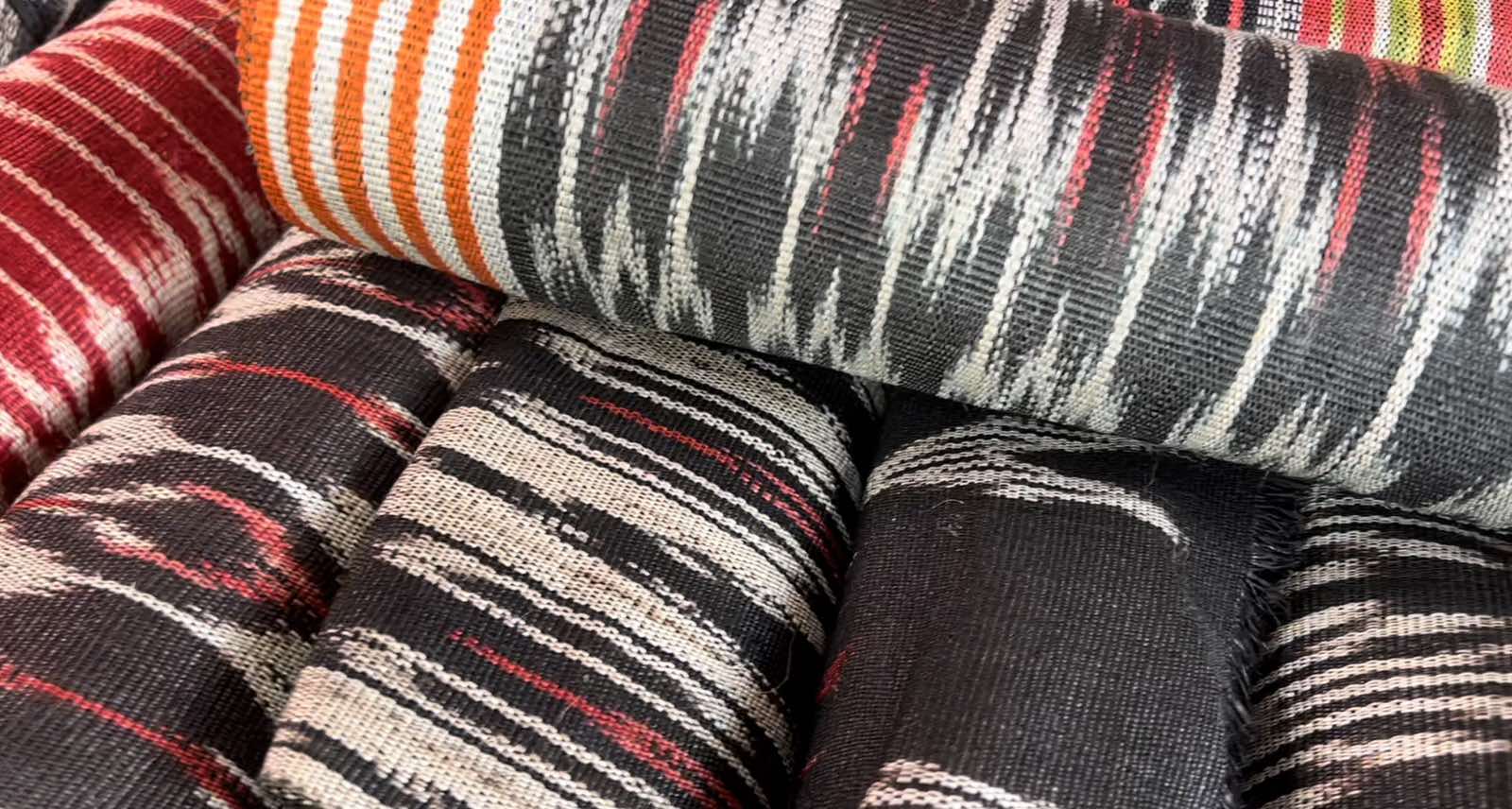
In terms of color, T'nalak has black, white, and red. Out of the three colors mentioned, black comes as the primary color of the fabric, with white used to fashion the theme incorporated into the weaving that may come in the form of frogs, lizards, or crabs, while the red color is used to enhance the patterns in the cloth.
The Tboli folklore also says that when the weaving designs get a bit complex, the wife is forbidden to have sex with the husband out of respect for Fu Dalu.
Tbolis believe that their female weavers would have a difficult time weaving a particular design of T’nalak if they hadn’t dreamed about it. Also, in those days, the T’nalak was being woven to welcome "major life events" marked by birth, marriage, or even death.

Making T’nalak the South Cotabato’s banner festival
The provincial government of South Cotabato celebrates the T’nalak Festival as the main highlight of its founding anniversary. The celebration usually lasts for five days, culminating on the day of the festival itself, July 18, which is also a local holiday.
In 1999, the first T’nalak Festival was conceived after national artist Lang Dulay, an iconic Tboli woman who was conferred the Gawad Manlilikha ng Bayan in 1998 by then President Fidel V. Ramos for her outstanding T’nalak craftsmanship.
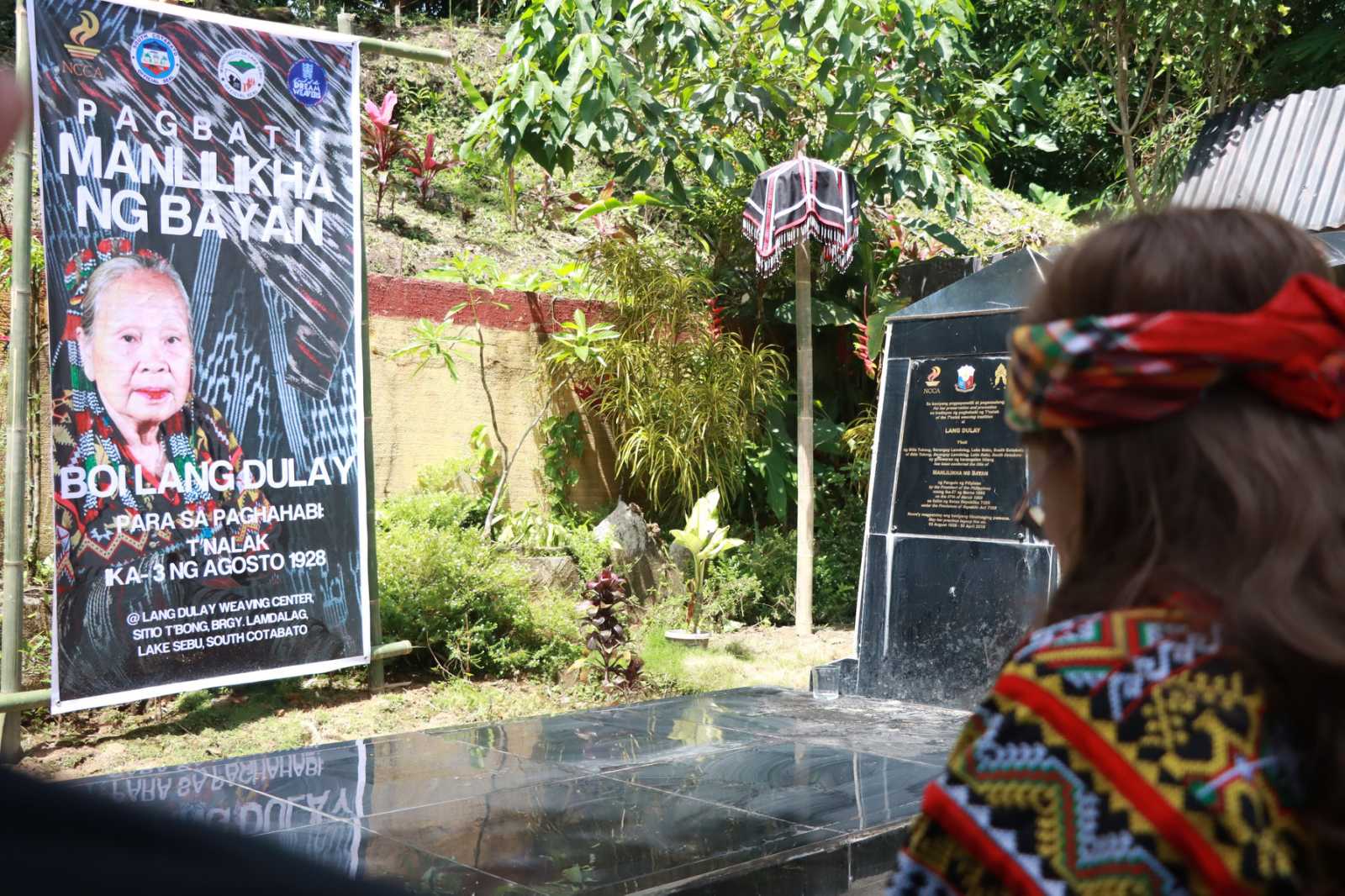
When she was still able-bodied, Lang Dulay could weave over a hundred T’nalak masterpieces. As a show of support, the National Commission for Culture and the Arts (NCCA) created a weaving workshop for her, where she dedicated most of her time to weaving.
She stopped weaving in 2011 and died on April 30, 2015 at the age of 91.
After Lang Dulay’s death and in her honor, the NCCA bought the last T’nalak cloth she had made.
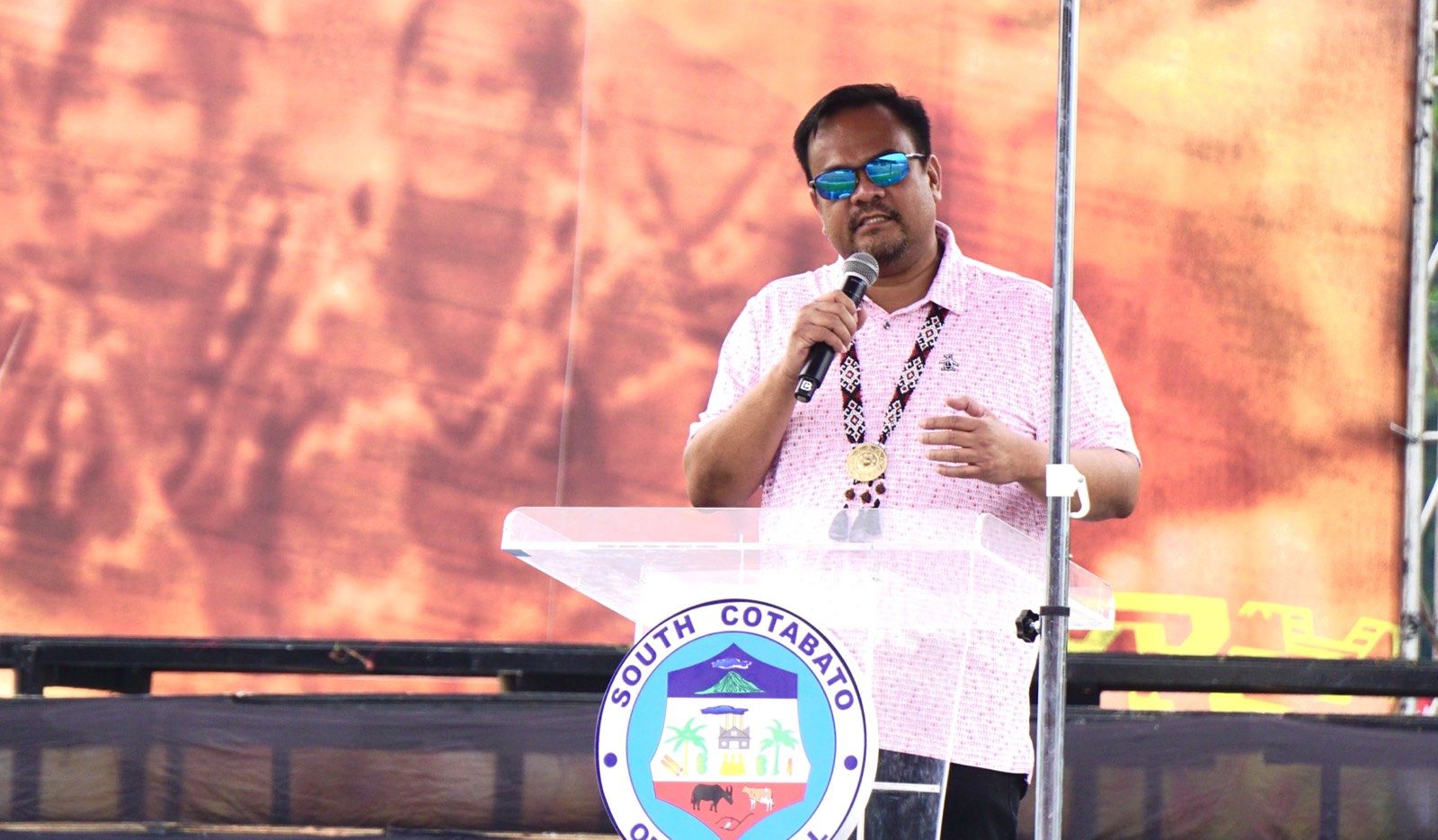
Governor Reynaldo Tamayo says the festival recognizes the province’s "rich and diverse cultures," encouraging his constituents "to get ready to immerse themselves in the rich traditions of the T’nalak Festival."
“Ang festival na ito ay nagsisimbolo, ulit-ulitin natin ang T’nalak Festival ay nanggaling doon sa mga panaginip pangarap ng ating mga katutubo, tuwing hinahabi ang t’nalak ay nagpapakita na ang hinahabi nila ay nanggaling yan sa kanilang panaginip. Hindi mabubuo ang disenyo, hindi mabubuo ang inaasam na disenyo kung hindi pinangarap, hindi pinanaginip.”
(This festival symbolizes, again, let me repeat it, that this T’nalak Festival came from the dream of our indigenous people that every time they weave a T’nalak cloth, it must have come from their dreams. They couldn't have completed the design if they hadn’t dreamed of it.)
Indeed, the T’nalak Festival is a tapestry of colors, sounds, and dances showcasing the colorful and diverse culture of South Cotabato.
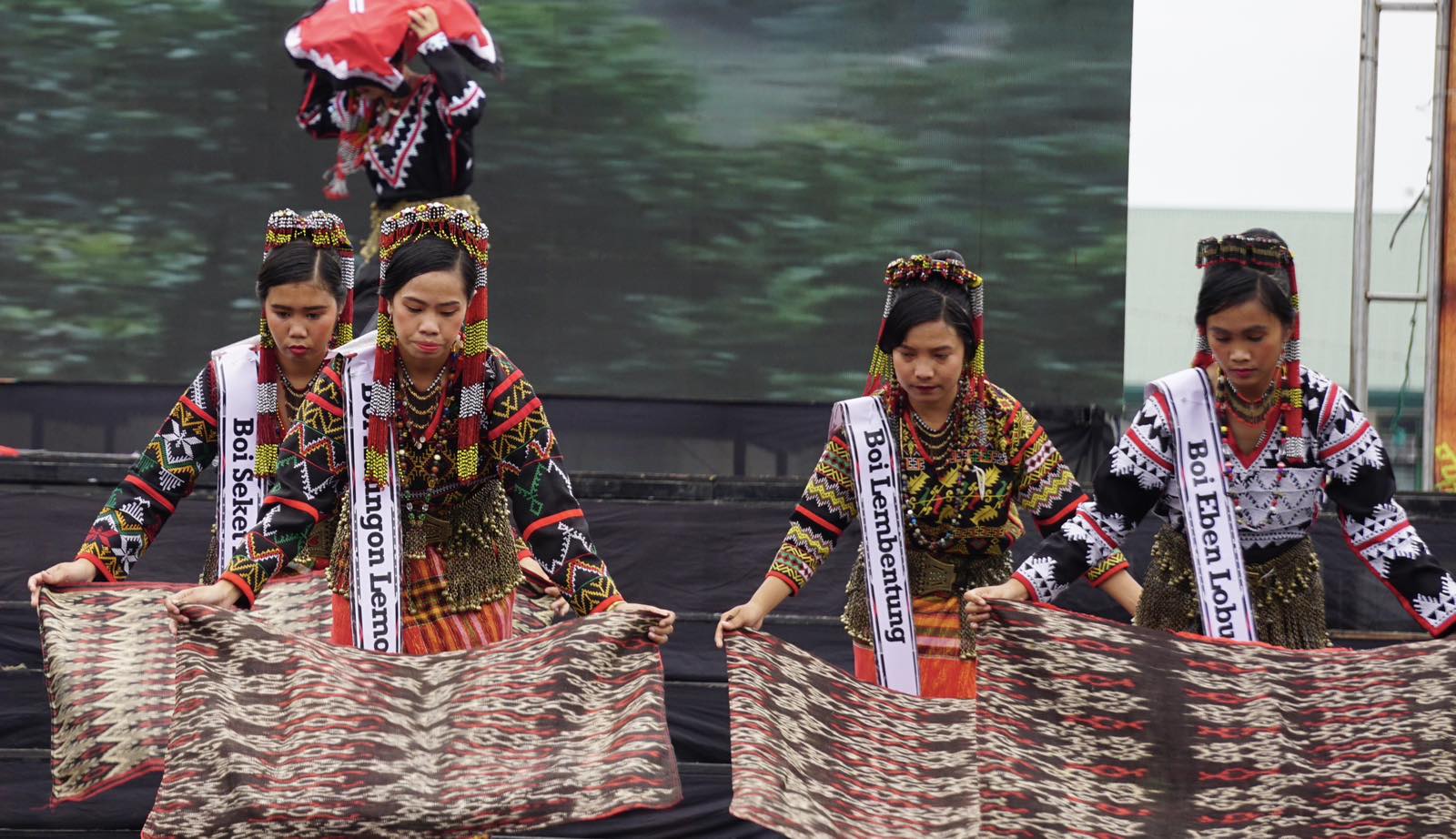
Inside the T’nalak Festival 2023
The riot of colors intertwined with century-old traditions and culture displayed during the T’nalak Festival 2023 has brought together locals and tourists alike.
The street dancing competition features groups of dancers moving to the rhythmic beats of authentic traditional music played by live musicians.
The dance routines are characterized by energetic movements, graceful choreography, and synchronized steps. The performers often depict scenes from their community life, rituals, or stories that have been passed down through generations.
The dancers wear colorful and intricate costumes depicting South Cotabato’s rich heritage. The hypnotic beat of drums and gongs sets the stage for mesmerizing dances that recount ancient tales of love, bravery, and nature's harmony.
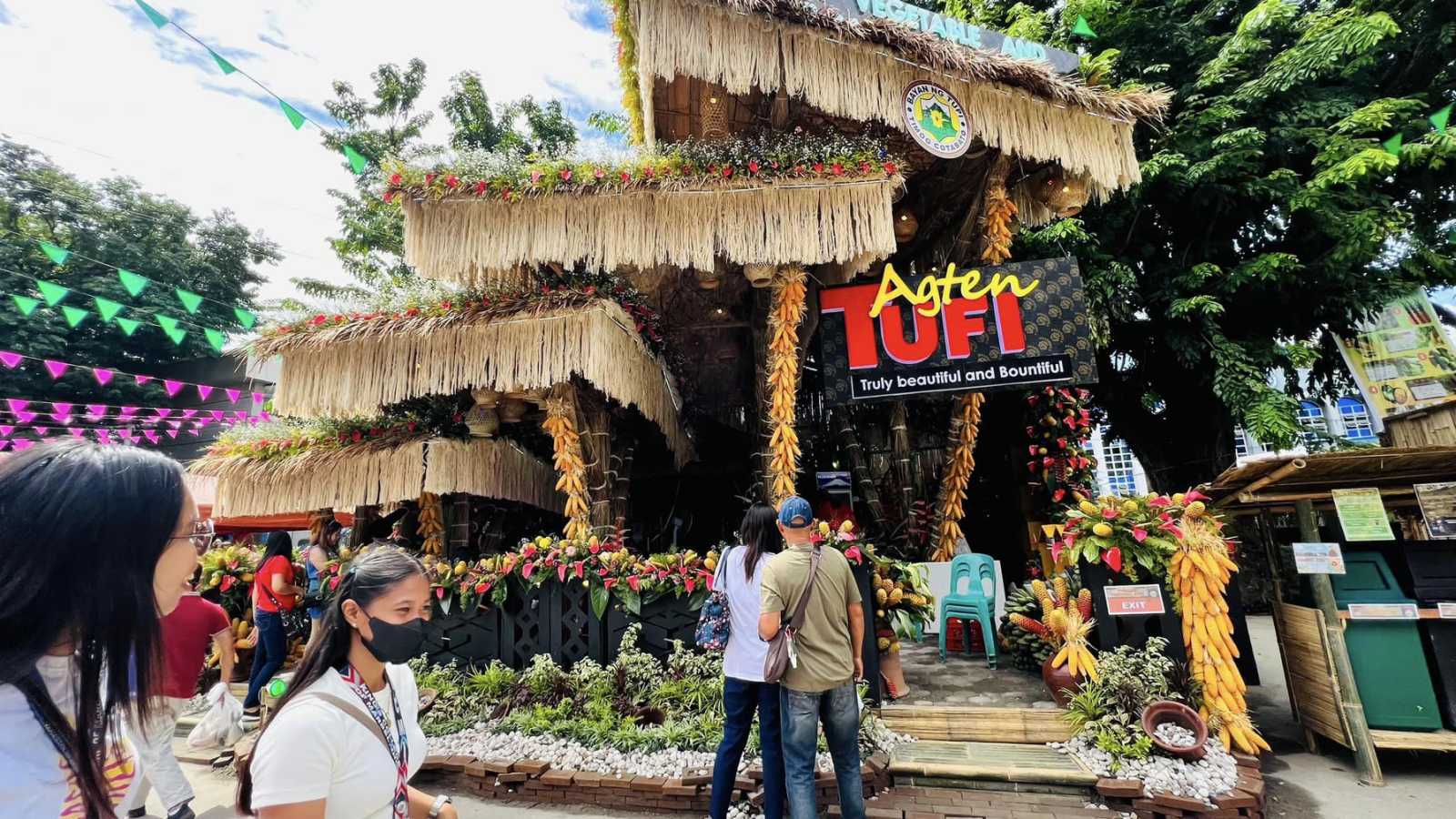
Meanwhile, the “Agten Tufi” T’nalak weaving competition presents skilled weavers, who are usually women, gathering to demonstrate their weaving prowess and creativity.
Locals and tourists witnessed live weaving as T’boli women showcased their techniques, creativity, and cultural understanding through the patterns and motifs they incorporated into their T'nalak designs.
The T’nalak textile exhibit, which was also one of the highlights of the competition, fosters a sense of camaraderie among the weavers and serves as a platform to pass down traditional knowledge and skills to younger generations who are interested in learning the craft.
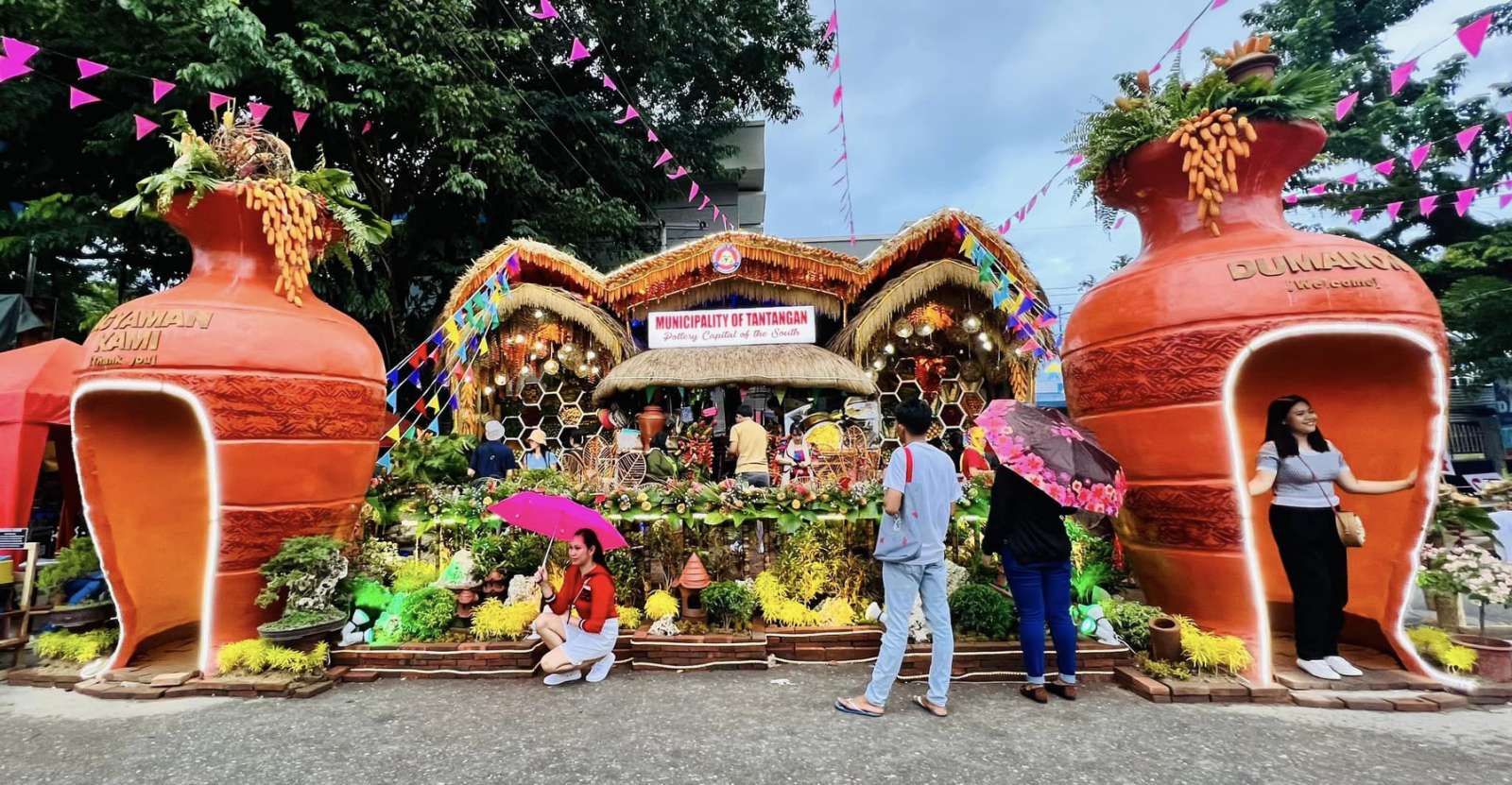
The reconstructed and colorful "bahay kubo" also serves as the hallmark of the festival. It is where the diverse agricultural products, such as vegetables, fruits, flowers, and pottery, including Tboli handicrafts, traditional tools, and other local products, of the 10 municipalities of the province are displayed and sold at a cheaper price.
Truly, the streets of Alunan Avenue in Koronadal City were filled with locals and tourists who were delighted to experience the #TakemetoTnlak adventure. Throughout the festival, the streets come alive with a lively atmosphere as people witness the colorful and captivating sights.
People queue in the ticket booths; children take delight in seeing colorful balloons; teenagers enjoy the warmth of streetlights and live bands.
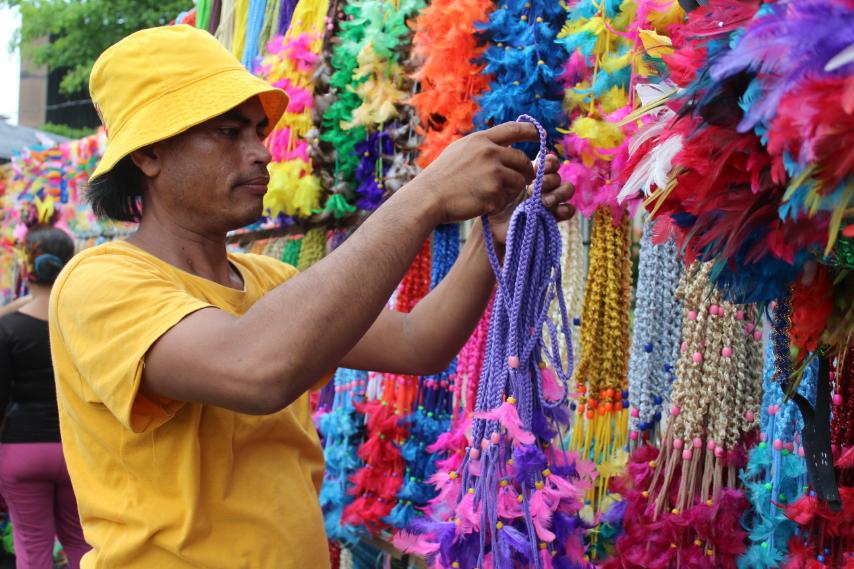
Marlon Escarda, 40, a resident of Taguig City and a vendor of "Bagani" headdresses, said that the warmth and full support of South Cotabatenos and the provincial government are what make T’nalak different from any other festival.
Marlon travels most of the time to hunt for festivals around the Philippines to sell his handmade products.
“Apat na taon na akong pabalik-balik sa T’nalak, hindi ko maiwanan kasi bumebenta ‘yung produkto namin. Dito kasi sa T’nalak madami talagang bumibili, ‘yung mga tao hindi nauubos. Makikita talaga na supportado ng mga tao ‘yung mga activities, tinatangkilik kaya masaya.”
(I have been attending the T’nalak Festival for four years already. I can’t seem to avoid going here since our products really sell well. There are really plenty of people buying, and people don’t seem to dwindle here at the T’nalak event. We can see that they are really supporting and patronizing the various activities. So it’s fun.)
Apart from the hospitality and warmest support of the locals, the tourists who visit T’nalak Festival get to enjoy taking photos in the intricate and exquisitely designed bahay kubo of the participating municipalities and a city.
This captivating festival not only showcases the breathtaking fabrics but also reflects the resilience and rich cultural heritage of the T’boli community.
Beyond its cultural prominence, the T’nalak festival has become a significant driver of local tourism and economic growth.
It has served as a reminder that culture is not static; it is evolving and adaptive and withstands the test of time. (AMB – PIA Region XII)
